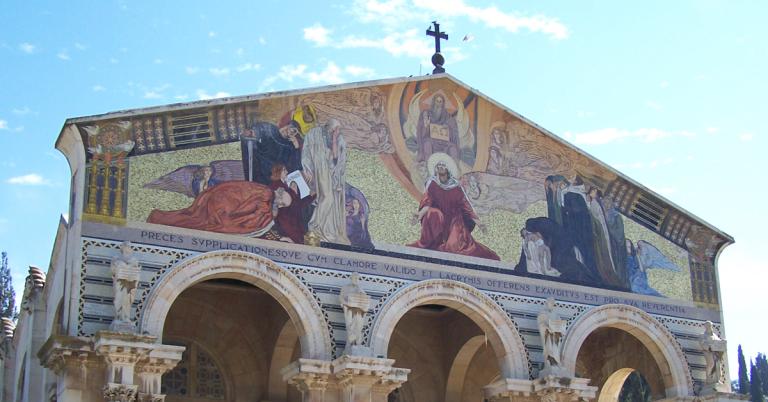
-
Ten everyday lessons
Read more: Ten everyday lessonsChantelle Gray offers a vivid tribute to Deleuze and Guattari’s radical becomings, calling for creative resistance and world-making.


Chantelle Gray offers a vivid tribute to Deleuze and Guattari’s radical becomings, calling for creative resistance and world-making.

By Julian Petley Note from the editors of Journal of British Cinema and Television: Given the current state of culture war,…

By Julian Petley Note from the editors of Journal of British Cinema and Television: Given the current state of culture war,…

By Tom Ue Dash & Lily (2020-), Netflix’s charming new adaptation of Rachel Cohn’s and David Levithan’s popular YA series…

By Suzanne Mooney, Lisa Bunting and Stephen Coulter If you work in the helping professions across the UK and Ireland,…

by Patricia Pisters Watching horror movies Previously, I truly disliked horror films. In the late 1980s Brian de Palma’s Carrie…

by Deanna Ferree Womack and Philip Michael Forness Series editors Deanna Ferree Womack and Philip Michael Forness introduce our latest…

By Richard Rodger You might think that with a commitment to Open Data and Open Access from the Scottish Government…

By Sarah Nelson In Scotland and internationally, most policy on Adverse Childhood Experiences (ACEs) has placed overwhelming emphasis on children.…

By Jason W. Carter How much do we know about the future? Some people think that we can know a…